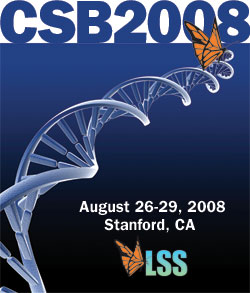Using relative importance methods to model high-throughput gene perturbation screens
Jin Ying*, Naren Ramakrishnan, Lenwood S. Heath, Richard F. Helm
Department of Computer Science, Virginia Tech, Blacksburg, VA 24601, USA. jiny@cs.vt.edu
Proc LSS Comput Syst Bioinform Conf. August, 2008. Vol. 7, p. 225-235. Full-Text PDF
*To whom correspondence should be addressed.

With the advent of high-throughput gene perturbation screens (e.g., RNAi assays, genome-wide deletion mutants), modeling the complex relationship between genes and phenotypes has become a paramount problem. One broad class of methods uses 'guilt by association' methods to impute phenotypes to genes based on the interactions between the given gene and other genes with known phenotypes. But these methods are inadequate for genes that have no cataloged interactions but which nevertheless are known to result in important phenotypes. In this paper, we present an approach to first model relationships between phenotypes using the notion of 'relative importance' and subsequently use these derived relationships to make phenotype predictions. Besides improved accuracy on S. cerevisiae deletion mutants and C. elegans knock-down datasets, we show how our approach sheds insight into relations between phenotypes.
[ CSB2008 Conference Home Page ] .... [ CSB2008 Online Proceedings ] .... [ Life Sciences Society Home Page ]